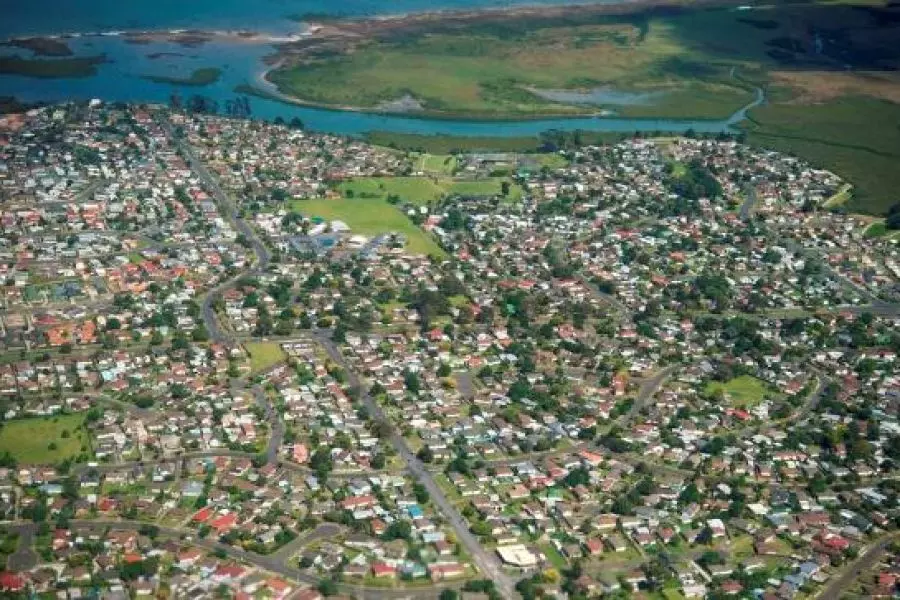News
Flood of new investors unlikely even if Government changes

Wednesday 4th of October 2023
While a National-led Government may result in house prices rising more than otherwise might have been the case, the impact might be relatively muted, Kelvin Davidson, CoreLogic’s chief property economist says.
He says housing market confidence seems to have turned a corner, supported by a rough peak for mortgage rates, high net migration flows, a still-solid labour market, and an...
Want to read the full article?
Click the button below to subscribe and will have unlimited access to full article and all other articles on the site.






![[The Wrap] Bye Bye Bayly](https://goodreturns.publit.io/file/c_fill,w_900,h_600/39f23ac1-f7c7-4854-b700-a150004ebbac.webp)


